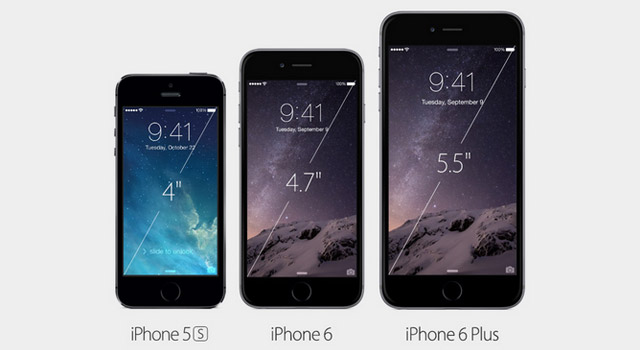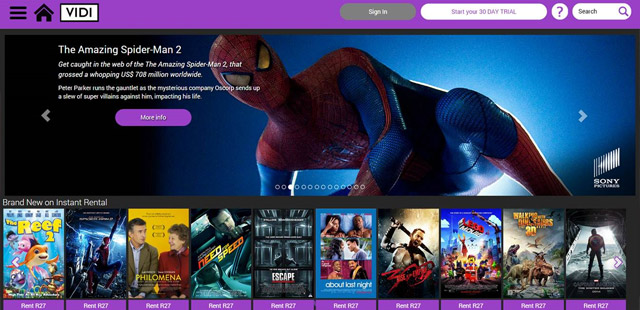
Apple has finally got the “big” religion. America’s biggest smartphone maker on Tuesday unveiled two new and larger-screen iPhones at a glitzy launch event in San Francisco.
The event, which was one of the most anticipated in recent years, also saw the announcement of the Apple Watch, the company’s first foray into the wearable computing space, and Apple Pay, its take on smartphone payments.
This was easily the most important keynote that Apple CEO Tim Cook has delivered since taking the reins from the late Steve Jobs in August 2011.
The market liked what it saw, at least at first, pushing the share price up by as much as 5% in intraday trading. But it fell back sharply in late afternoon trading in New York to end down by 0,4%.
It’s becoming increasingly difficult for Apple to keep anything it’s doing secret ahead of its big launch events. This year’s big iPhone event was no different. The new one will be available in two variants, the iPhone 6 and the iPhone 6 Plus. The former will feature a 4,7-inch LCD, up from diminutive four inches on the iPhone 5s and 5c, while the iPhone 6 Plus will have a much larger 5,5-inch LCD, pushing it firmly into the “phablet” territory that until now has been almost the exclusive domain of Android smartphones from companies such as Samsung Electronics and LG Electronics.

Apple senior vice-president of worldwide marketing Phil Schiller introduced the iPhone 6 in detail to the assembled journalists and analysts. The iPhone 6 has a resolution of 1 334 x 750 pixels, for a pixel density of 326ppi. The iPhone Plus is 1080p resolution — the same as many modern Android phones — for a pixel density of 401ppi.
The new iPhones are thinner than their predecessors: the iPhone 6 is 6,9mm thick, while the iPhone 6 Plus measures 7,1mm.
Apple has moved away from the square-edged design of previous models, instead adopting a more rounded design.
On the iPhone 6 Plus, Apple has introduced a new view, giving users the ability to use their phone in landscape mode when they rotate the device.
Not surprisingly, the two new iPhones are more powerful. Both are powered by Apple’s A8 processor. Shiller says the A8 chip has up to 25% faster processing power and up to 50% faster graphics. He also added that the iPhone 6 is 50% more power efficient. He didn’t disclose the capacity of the batteries powering the two new models.
A notable improvement on the phone is faster 4G/LTE. In fact, the devices support 20 LTE bands, and there is support for the still nascent voice-over-LTE technology. Apple has also introduced voice-over Wi-Fi support, enabling users to make voice calls over a wireless connection. It has promised seamless roaming between Wi-Fi and cellular calls.

The new models have 8-megapixel cameras with apertures rated at f/2.2. They also have a new focus feature called Focus Pixels, which ensures quick and accurate focusing. This, coupled with its optical image stabilisation, could make the new iPhone’s camera a great contender, albeit at a lower pixel rating than most of its competitors.
Shiller also introduced the iPhone 6’s new slow-motion video capabilities. The new phones can shoot video at either 120fps or an incredible 240fps.
The iPhone 6 and iPhone 6 Plus will come in three models each, 16GB, 64GB and 128GB.
The phones will be available on 19 September in nine selected countries. It’s likely they’ll go on sale in South Africa in December. — © 2014 NewsCentral Media




